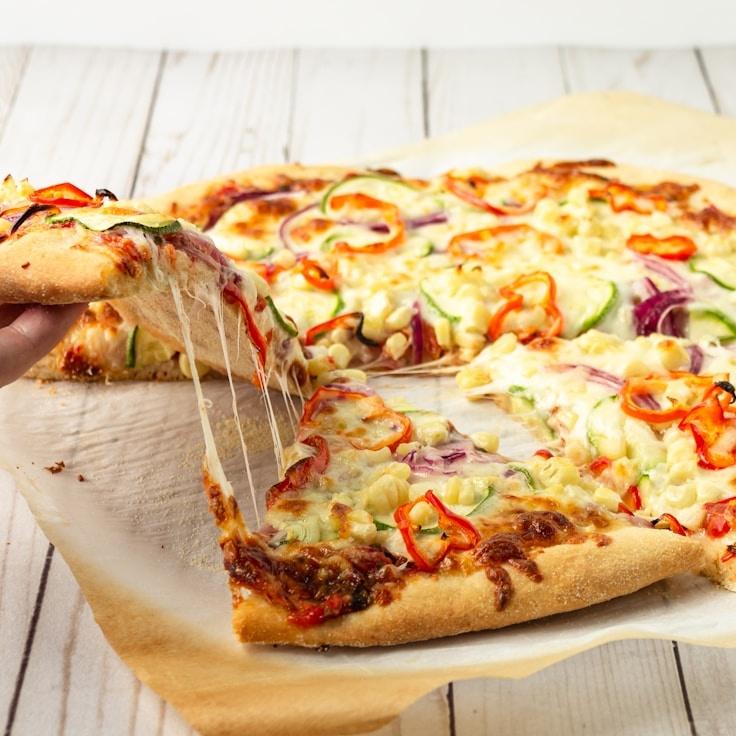At CentralResourceCatalog, we hold the conviction that outstanding pizza is born from outstanding dough. With over three decades spent honing our mixture, we're delighted to impart some key tips with you. While the intricacies of our recipe remain our own, these universal guidelines will help you create top-tier pizza dough in the comfort of your kitchen.
The Flour Matters
The cornerstone of superb pizza dough lies in the use of premium flour. Our suggestion is to opt for 00 flour, an exquisitely milled Italian variety known for its moderate protein level (typically around 12%), which affords a delicate yet robust texture. If 00 flour is beyond reach, bread flour can serve as an alternative, albeit with a discernible difference in texture.
Water Temperature and Hydration
The thermal state of your water can influence fermentation duration and dough evolution. Cold water, approximately 45°F (7°C), is ideal for prolonged fermentation, enhancing the flavor. Warm water, near about 85°F (29°C), expedites the fermentation process. The water-to-flour proportion, or hydration level, should ideally be from 60-70% for standard home ovens.
Minimal Yeast, Maximum Time
A vital ingredient in creating a richly flavored dough is utilizing minimal yeast and allowing for extended fermentation times. We employ merely 0.2% fresh yeast in relation to flour weight, letting the dough ferment over 24-48 hours. This leisurely pace yields complex tastes and results in a dough that's easier on the digestion.
Salt: Not Just for Flavor
While it seasons the dough, salt also fortifies the gluten fabric and regulates yeast activity. Our preference is fine sea salt, constituting 2.5-3% of your flour's weight. Incorporate this after the flour and water begin to merge, thus preventing the salt from coming into direct contact with the yeast.
The Art of Fermentation
Upon mixing your ingredients, let your dough undergo an initial bulk fermentation at room temperature for about two hours. Then part it into balls. These should be placed in covered containers and refrigerated from 1-3 days. It's during this cold fermentation stage that the real alchemy takes place: enzymes break down starches into sugars, instilling flavor and contributing to the characteristic caramelization seen in our crusts.
Handling with Care
Prior to pizza assembly, give your dough 1-2 hours at room temperature to get back to warmth. Be delicate in handling, keeping the gas bubbles intact. Rather than rolling, use your fingertips to gently press and extend the dough, thus preserving the airy texture.
The Final Touch: Heat
Though we utilize wood-fired ovens that attain 850°F (454°C), typical domestic ovens often peak at 550°F (288°C). Compensate for this by preheating a pizza stone or steel for an hour at the least, to ensure the intense bottom heat vital for a crunchy crust and a fluffy inside.
The craft of pizza dough perfection is an ongoing quest, each preparation offering new insights. We advocate for jotting down notes, tweaking elements, and finding what is ideally suited for your personal culinary arena.
For those eager to see our dough-preparation process firsthand, we invite you to our monthly pizza-making classes, where Chef Giovanni showcases these pointers in full. Have a look at our events schedule for imminent sessions!

